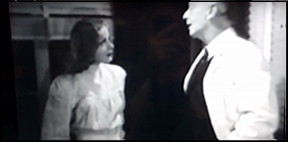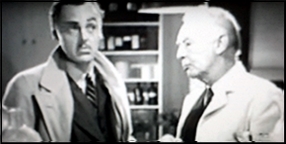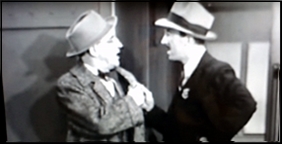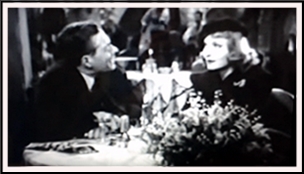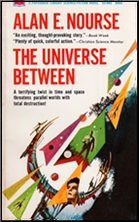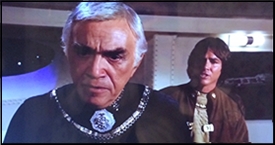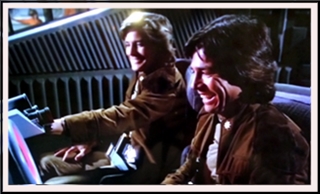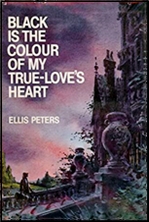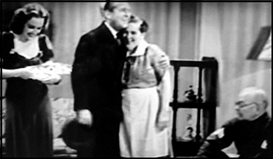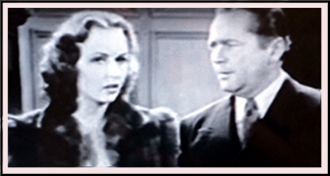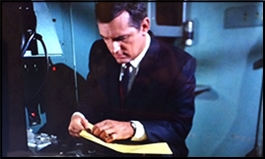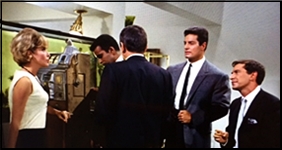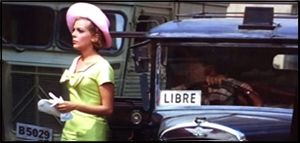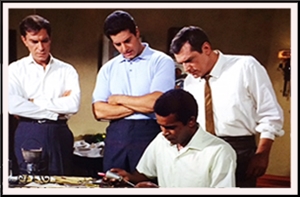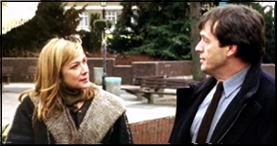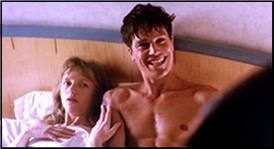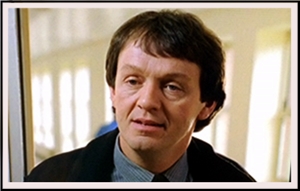Sun 29 Nov 2020
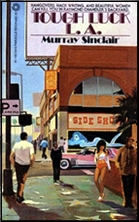
MURRAY SINCLAIR – Tough Luck L.A. Ben Crandel #1. Pinnacle, paperback original, 1980. Black Lizard Books, paperback, 1988.
It’s been a while since I read this one. If it weren’t for the notes I made while reading it, l don’t think I’d remember any of it at all. What makes this so surprising, to me at least, is that I’ve always been partial to novels about hack Hollywood writers and rundown private eyes, and I was really looking forward to this one.
Anyway. Ben Crandel is the hack writer , making do with cheap porno novels (are there any other kind?) as his movie-writing career seems to be going nowhere fast. Then a friend of his, an ex-prostitute named Vicky, is found murdered, and he’s forced to pick up a new sideline, that of amateur detective. Crandel talks snotty to some ultrasensitive cops, however , and he’s immediately tossed into jail for a while.
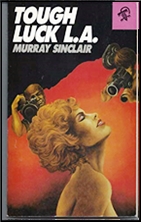
There is also some business about a tontine. I thought they’d been written off as a plot device long ago. Complications are provided by a complex set of family relationships which I admit I never did figure out, and the whole affair is about as crazy as any pulp novel that’s ever been published.
Which, for those of us who dote on such stuff, might have worked out as a huge plus. Dashed with the appropriate amounts of cynicism, there’d have been hopes for this story yet. The cynicism is contrived and phony, however, and the pace, which starts out slow and then becomes even slower, never manages to pick up any traction at all.
According to my notes, this is how I felt about it a couple of weeks ago: “Except for one unbelievably imaginative sex scene, the book fairly crackles with boredom.”
In retrospect, I don’t think it was that bad, but what you could say is that it certainly didn’t match my expectations.
Rating: D
The Ben Crandel series —
Tough Luck L.A. Pinnacle 1980
Only in L.A. A&W 1982
Goodbye, L.A. Black Lizard 1988
